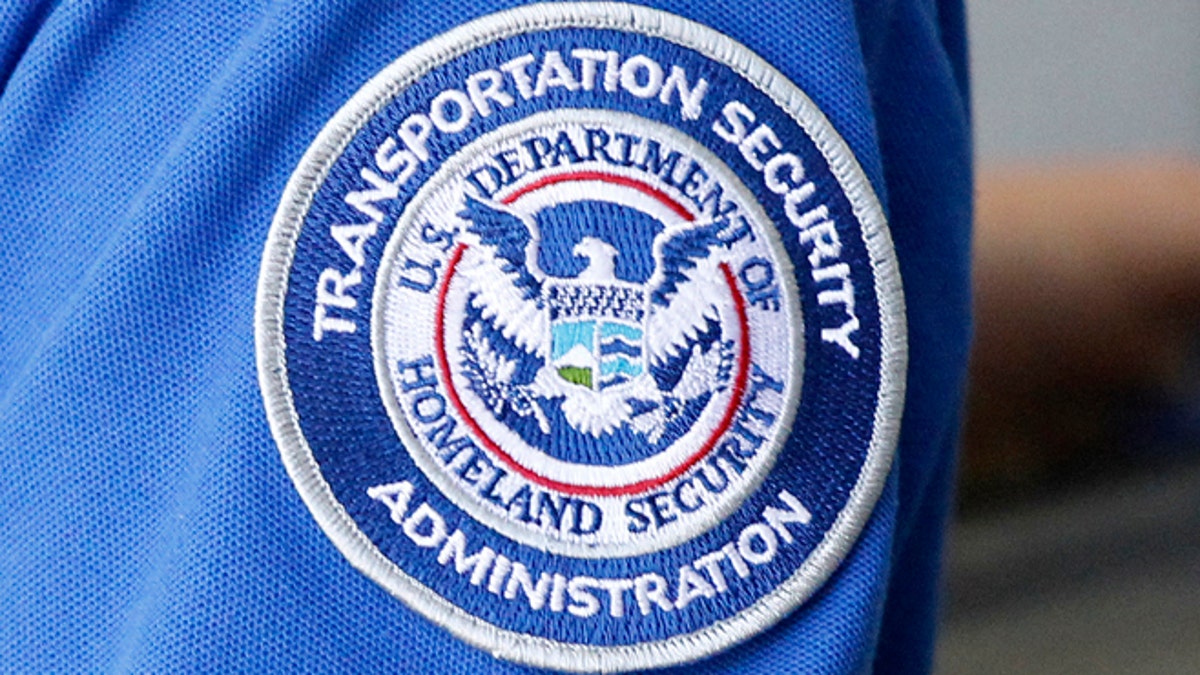
(Reuters)
A government study that finds a program doesn’t work and proposes to cut it is almost as rare as pigs that fly. But a new Government Accountability Office study on aviation does just that: it proposes chopping the Transportation Security Administration’s SPOT security program because it finds no evidence that it could stop airline terrorists.
The GAO routinely finds waste in programs, but it usually just proposes ways to fix them -- so the Screening of Passengers by Observation Techniques program must be really lame. The GAO finds no "scientifically validated evidence" for the $200 million program, and it says that TSA deployed it before even doing a cost-benefit analysis.
That failure is one of many discussed in my new study on TSA, which proposes dismantling the agency.
TSA was created in a rush after 9/11, and today employs an army of 53,000 passenger and baggage screeners at airports. The agency has spent billions of dollars on programs that have few demonstrated benefits, including SPOT, the air marshal program, and the intrusive full-body scanning machines.
[pullquote]
More importantly, TSA’s performance has been underwhelming. In the early years after 9/11, federal auditors found that the ability of TSA screeners to stop prohibited items from getting through security was no better than that of the previous private screeners.
In recent years, there have been head-to-head comparisons between federal and private screening because 16 U.S. airports are now allowed to use private contractors.
Studies have found that TSA’s screening results have been no better, and possibly worse, than that of the private screeners. And a House report in 2011 found that private screeners at San Francisco International Airport were far more efficient than the federal screeners at the Los Angeles International Airport.
The government has an important oversight role to play in aviation security, but the TSA’s near-monopoly on screening has resulted in it getting "bogged down in managing its bloated federal workforce," as one congressional report concluded.
Another congressional report blasted TSA for having an "enormous, inflexible and distracted bureaucracy," and even former TSA chief Kip Hawley noted last year that the agency is "hopelessly bureaucratic."
The solution is to get rid of most of the bureaucracy by moving responsibility for screening from TSA to the nation’s airports. The airports would then be free to contract out screening to expert aviation security companies. As aviation scholar Robert Poole notes, that would solve TSA’s conflict of interest from both performing airport screening and overseeing it.
Private airport screening is the successful approach used by many other high-income nations. Indeed, all main airports inCanada use private screening firms, as do more than 80 percent of Europe’s main airports. That practice creates a more efficient security structure and allows governments to focus on aviation intelligence and oversight.
Congress should abolish TSA. Activities that have not shown substantial benefits -- such as SPOT -- should be eliminated. Airport screening -- which represents about two-thirds of TSA’s budget -- should be moved to the control of airports and opened to competitive contracting. And the remaining parts of TSA should be moved to other federal agencies.
Over a decade of experience has shown that the nationalization of airport screening was a mistake. Let’s learn from the successful reforms abroad, and bring in the private sector to boost quality, spur innovation, and reduce the costs of our aviation security system.